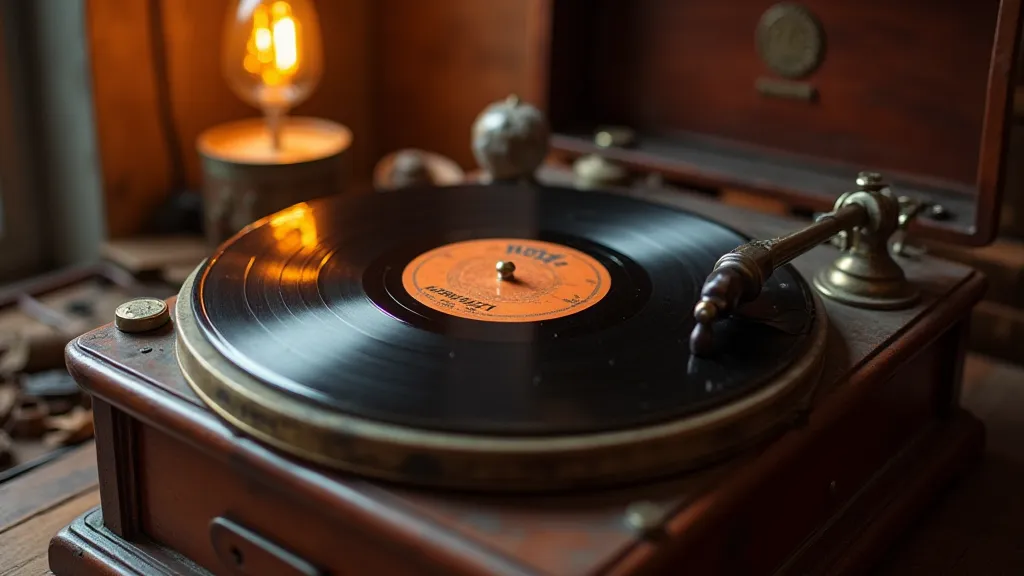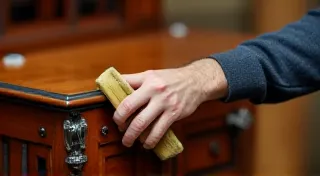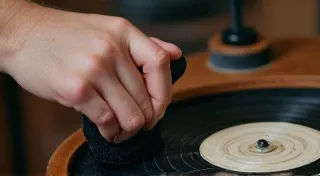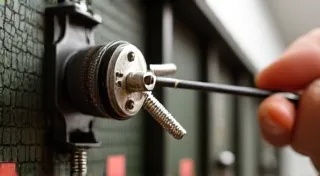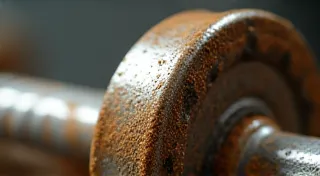Common Electrical Problems in Antique Phonographs: A Beginner's Guide
Antique phonographs are beautiful machines, representing a fascinating era of audio technology. While mechanical issues often grab the attention of restorers, electrical problems can be equally common and, sometimes, equally frustrating. This guide provides an introduction to some of the most frequently encountered electrical problems and offers some simple troubleshooting tips for beginners. Disclaimer: Working with electricity can be dangerous. If you are uncomfortable with electrical work, please consult a qualified technician.
Understanding the Electrical System
Most antique phonographs use a motor to turn the turntable and, in many cases, an amplifier for louder volume. These motors and amplifiers operate on AC power, typically 110-120 volts in North America, but this can vary depending on the phonograph's origin. The electrical system includes wiring, switches, potentiometers (volume controls), capacitors, resistors, and the motor/amplifier itself. With age, these components can degrade, corrode, or fail. Understanding the basics of electrical components, and how they interact, is fundamental to diagnosing and resolving these issues. For those who want to delve deeper into the broader mechanical aspects of record players, “The Cartographer of Silence: Mapping the Internal Landscapes of Record Players” provides a fascinating look.
Common Problems and Troubleshooting
1. Motor Issues – No Power, Slow Speed, or Noise
A non-functional motor is a frequent problem. First, ensure the power cord is securely connected and the outlet is working. If the motor runs but is sluggish, it could be due to:
- Dirty Commutator: The commutator is the part of the motor that rotates and makes contact with the brushes. Over time, it can accumulate dirt and carbon buildup, hindering electrical contact. Carefully clean the commutator with fine sandpaper or a commutator cleaning stick. Always disconnect the phonograph from power before cleaning.
- Worn Brushes: The brushes transfer electricity to the commutator. They wear down with use and need occasional replacement.
- Dried-Out Motor Lubrication: Lack of lubrication can cause the motor to seize. Apply a few drops of appropriate phonograph motor oil.
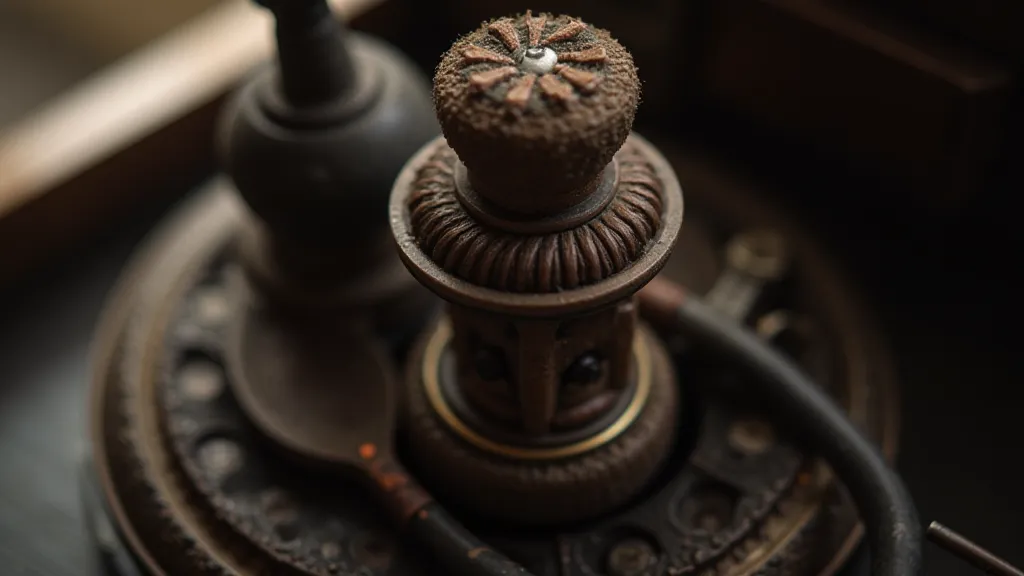
2. Volume Control (Potentiometer) Problems
The volume control, or potentiometer, can become scratchy, intermittent, or completely fail. This is often due to oxidation and corrosion inside the potentiometer. These problems aren’t limited to just the potentiometer itself, but can impact any component experiencing corrosion. Identifying and addressing the root cause is key to long-lasting repairs.
- Cleaning: Try cleaning the potentiometer by rotating the knob vigorously and spraying a small amount of electrical contact cleaner inside. This can sometimes dislodge corrosion.
- Replacement: If cleaning doesn't work, replacement is usually the best option. Match the potentiometer's resistance value (often printed on the potentiometer itself). Ensuring proper connections during replacement is crucial; a lapse in soldering skills could render the entire repair fruitless. Learning the basics of soldering is essential for tackling many phonograph repair challenges.
3. Bulb Issues – No Light, Flickering, or Dim Light
Many phonographs use incandescent bulbs for illumination of the turntable or record stacker. Common issues include:
- Burnt-Out Bulb: This is the most obvious problem. Replace with a bulb of the correct voltage and wattage.
- Loose Connection: Check the bulb socket for corrosion and ensure the bulb is securely screwed in.
- Faulty Switch: The switch controlling the bulb may be damaged.
4. Intermittent Operation
Sometimes, a phonograph may work occasionally but not reliably. This can be caused by:
- Loose Wiring: Check all wiring connections for looseness or corrosion.
- Cracked Soldering Joints: Over time, the solder joints on circuit boards and wiring can crack, causing intermittent contact. This requires a careful inspection and resoldering.
- Component Failure: A capacitor or resistor may be failing intermittently. Diagnosing this typically requires more advanced troubleshooting techniques.

Advanced Troubleshooting and Field Coil Restoration
While the issues described above are common and relatively straightforward to address, some phonographs, particularly those with more complex electrical systems or those that have undergone previous, potentially flawed, repairs, can present greater challenges. Reawakening a dormant phonograph can be a deeply satisfying experience, much like uncovering a hidden melody. Some issues may involve aging field coils, which are vital for sound reproduction and performance. For those interested in a detailed guide on restoring these crucial components, exploring “Restoring Phonograph Field Coils: Techniques for Optimal Sound and Performance” can be incredibly beneficial. This resource dives deep into the intricacies of field coil refurbishment, providing expert advice for achieving the best possible sound quality.
Safety Precautions
- Always Disconnect Power: Before performing any electrical work, always unplug the phonograph from the power outlet.
- Proper Tools: Use appropriate tools for electrical work, such as insulated screwdrivers and pliers.
- Capacitor Discharge: Capacitors store electrical charge, even when the phonograph is unplugged. Learn how to safely discharge capacitors before working on them. This is a vital safety step! Understanding the underlying principles of electrical safety is as crucial as the technical skills.
- If in Doubt, Seek Professional Help: Electrical repair can be complex and dangerous. If you are not comfortable working with electricity, seek assistance from a qualified technician.
Understanding Aging and Component Degradation
The passage of time takes its toll on all mechanical and electrical components. Heat, humidity, and vibrations all contribute to the degradation of materials. Wiring insulation can become brittle and crack, leading to shorts or open circuits. Resistors can drift in value, affecting the operation of the amplifier. Capacitors can lose their ability to store charge, resulting in distortion or loss of volume. The subtle nuances of aging can be difficult to detect, requiring a keen eye and a methodical approach to troubleshooting. The longevity of an antique phonograph often depends on preventative maintenance and timely repairs.
Further Investigation
This guide provides a basic introduction to common electrical problems in antique phonographs. More complex issues may require advanced diagnostic skills and specialized equipment. Consult service manuals and online resources for more detailed information and specific repair procedures for your particular model. Understanding the fundamentals discussed here is a great first step in the exciting world of antique phonograph restoration. Bringing these machines back to life and listening to the recordings of a bygone era is an immensely rewarding endeavor. The act of restoration itself is a journey into the history and artistry of sound, allowing us to connect with the past in a profoundly meaningful way. The process of reviving a silent machine and hearing its music again is, in itself, a latent melody— a reawakening of a forgotten voice. Discovering the Latent Melody: Reawakening Dormant Voices in Phonograph Restoration offers a deeper look into this artistic endeavor and the techniques involved.
